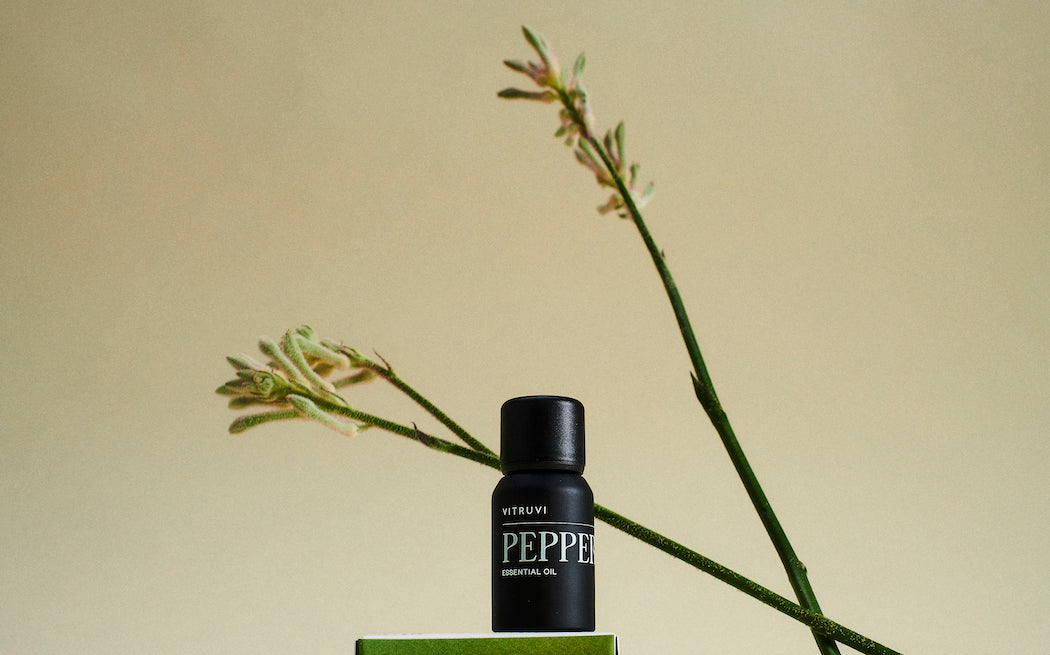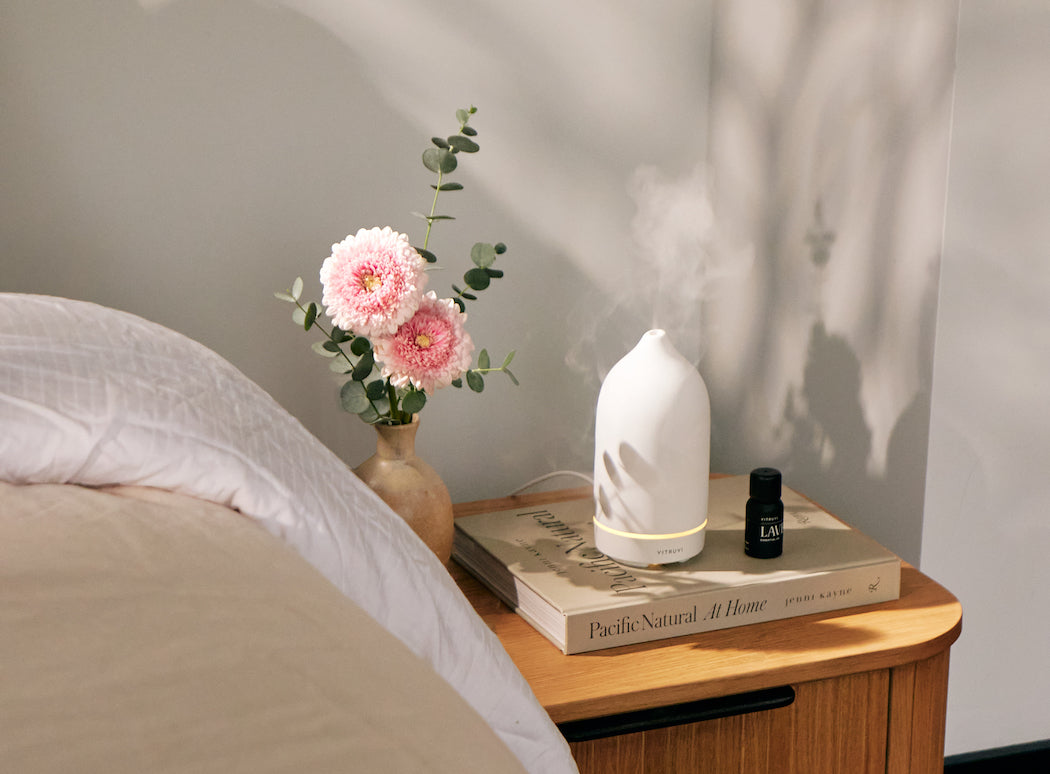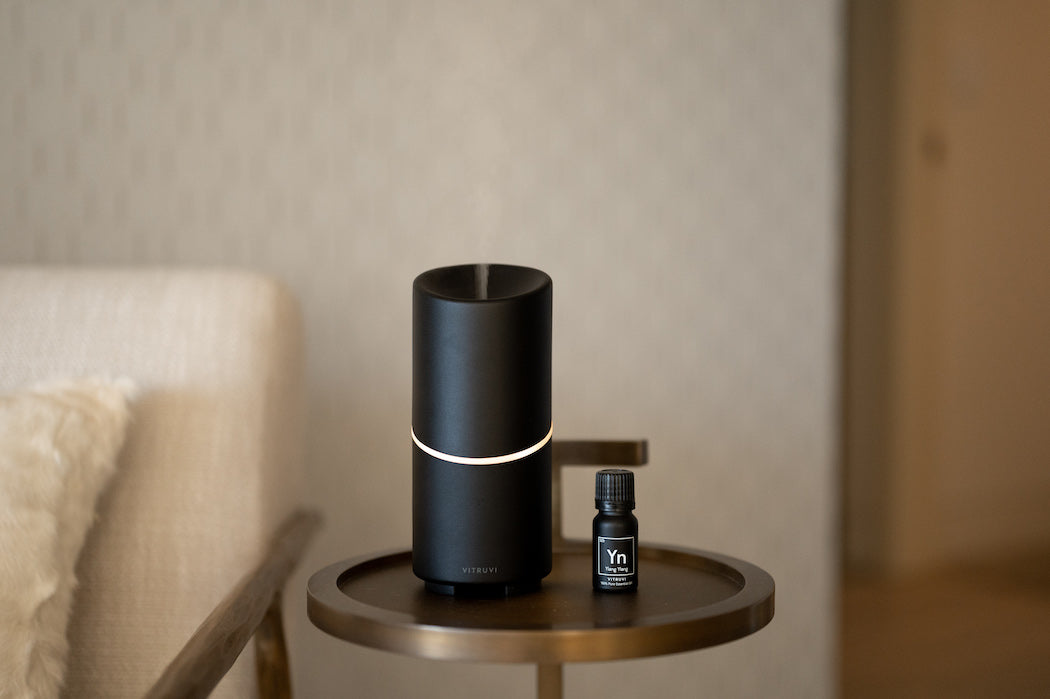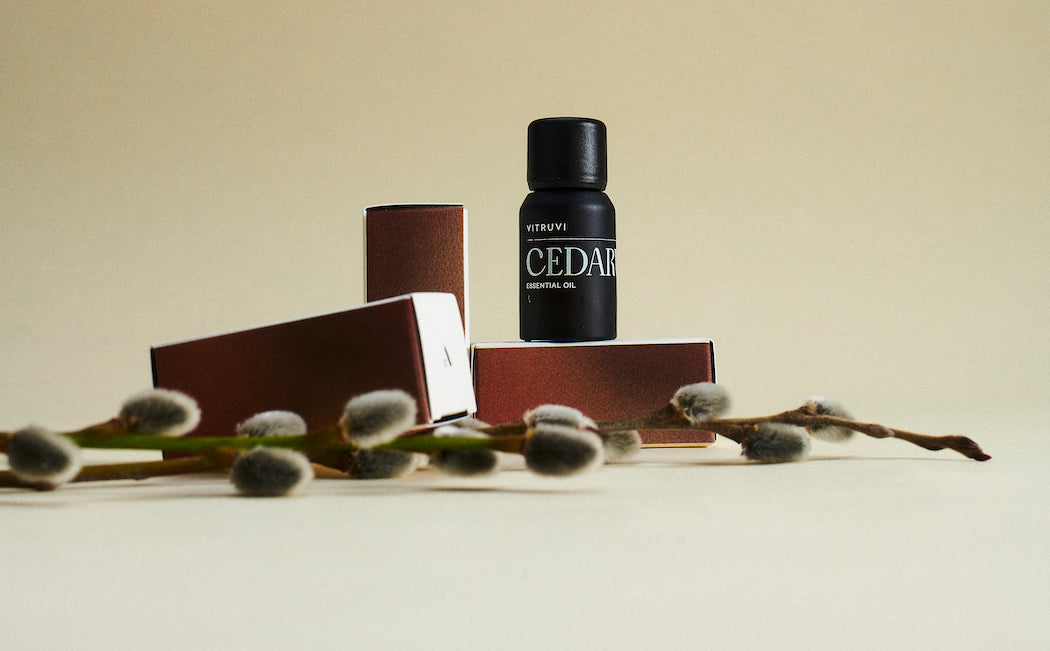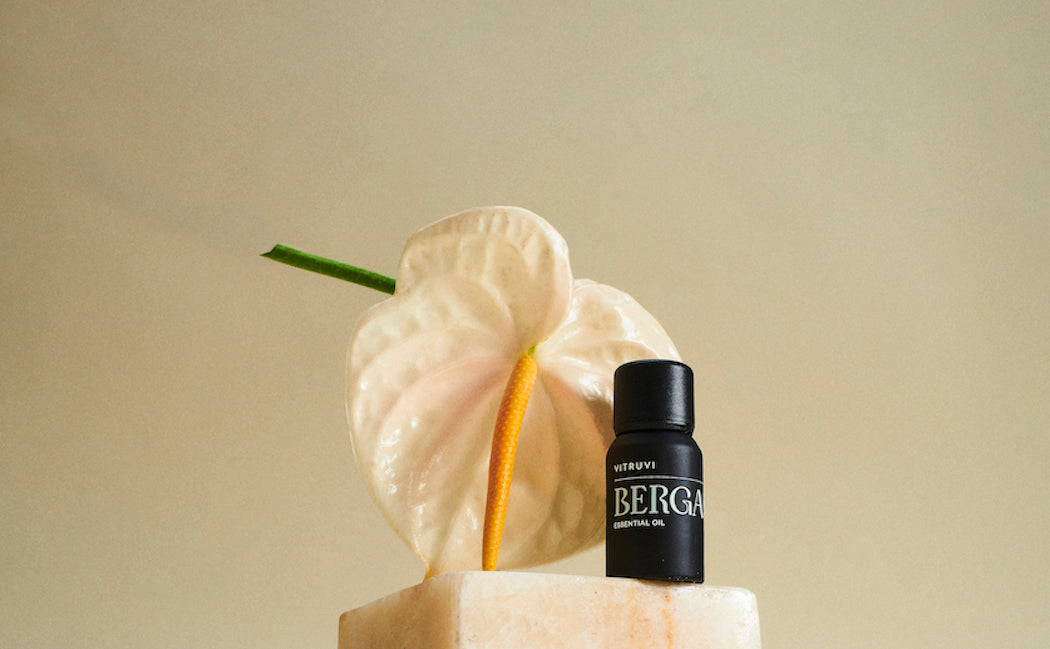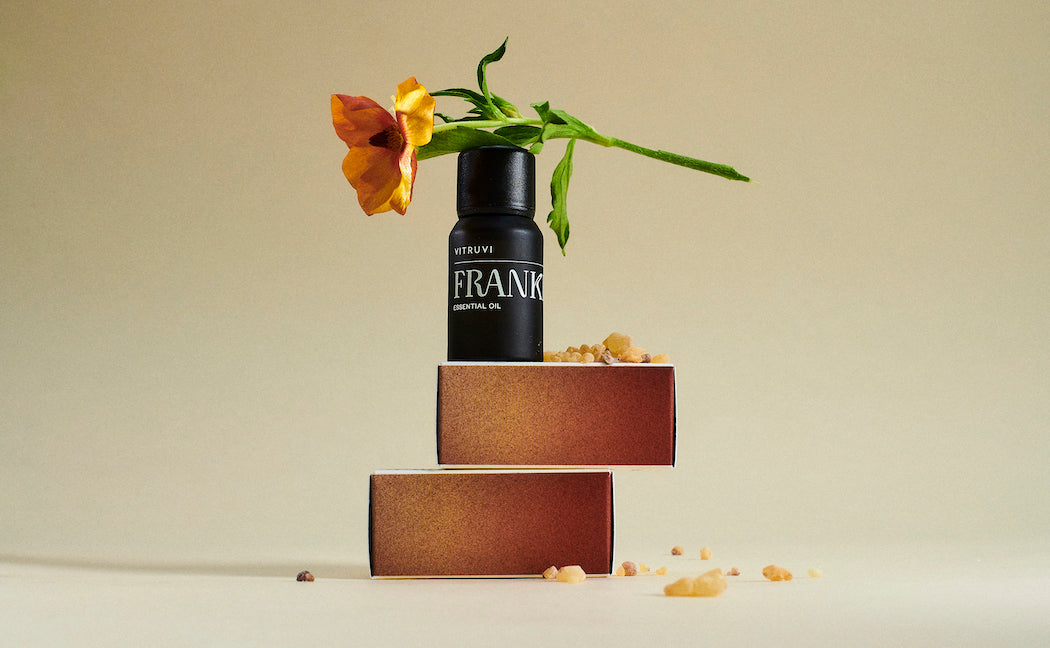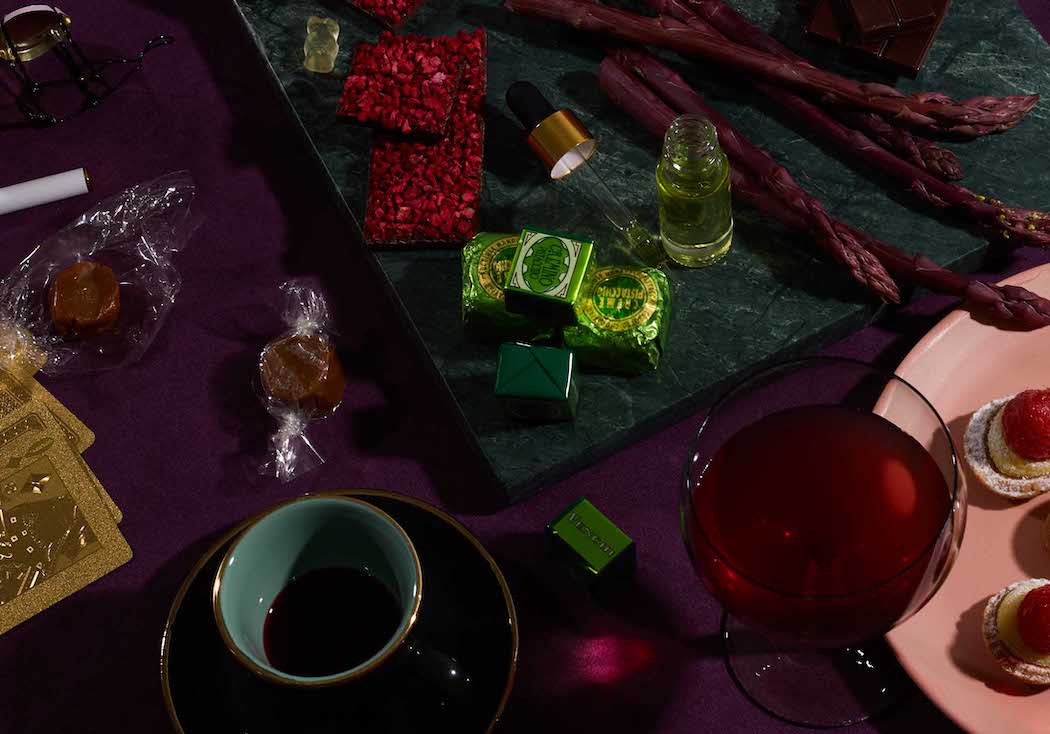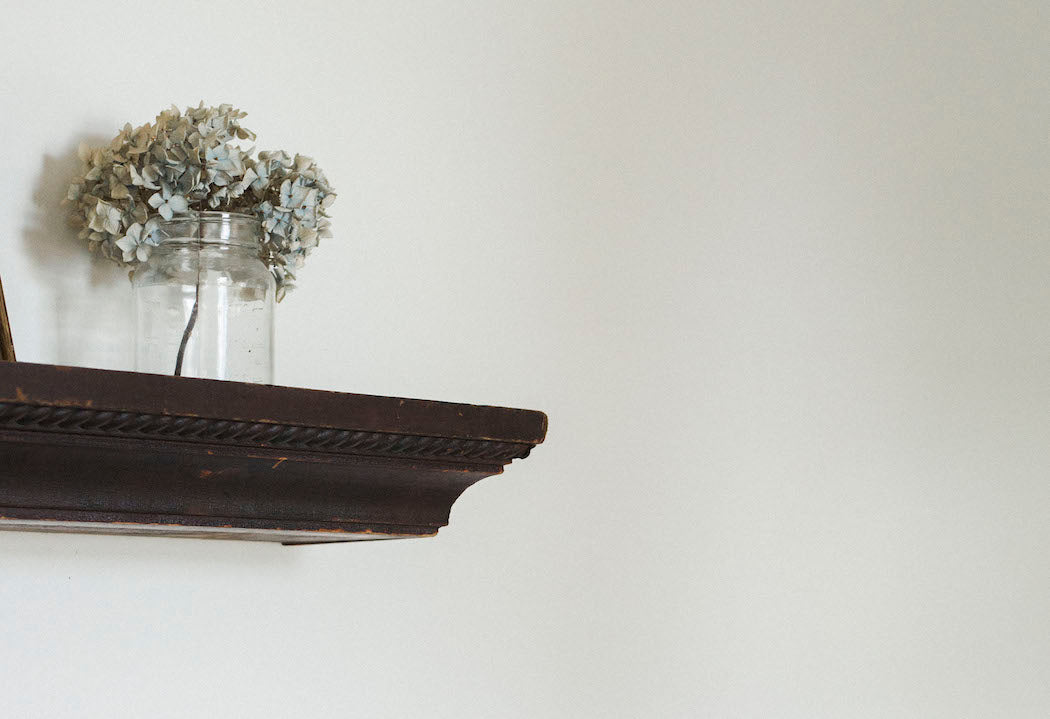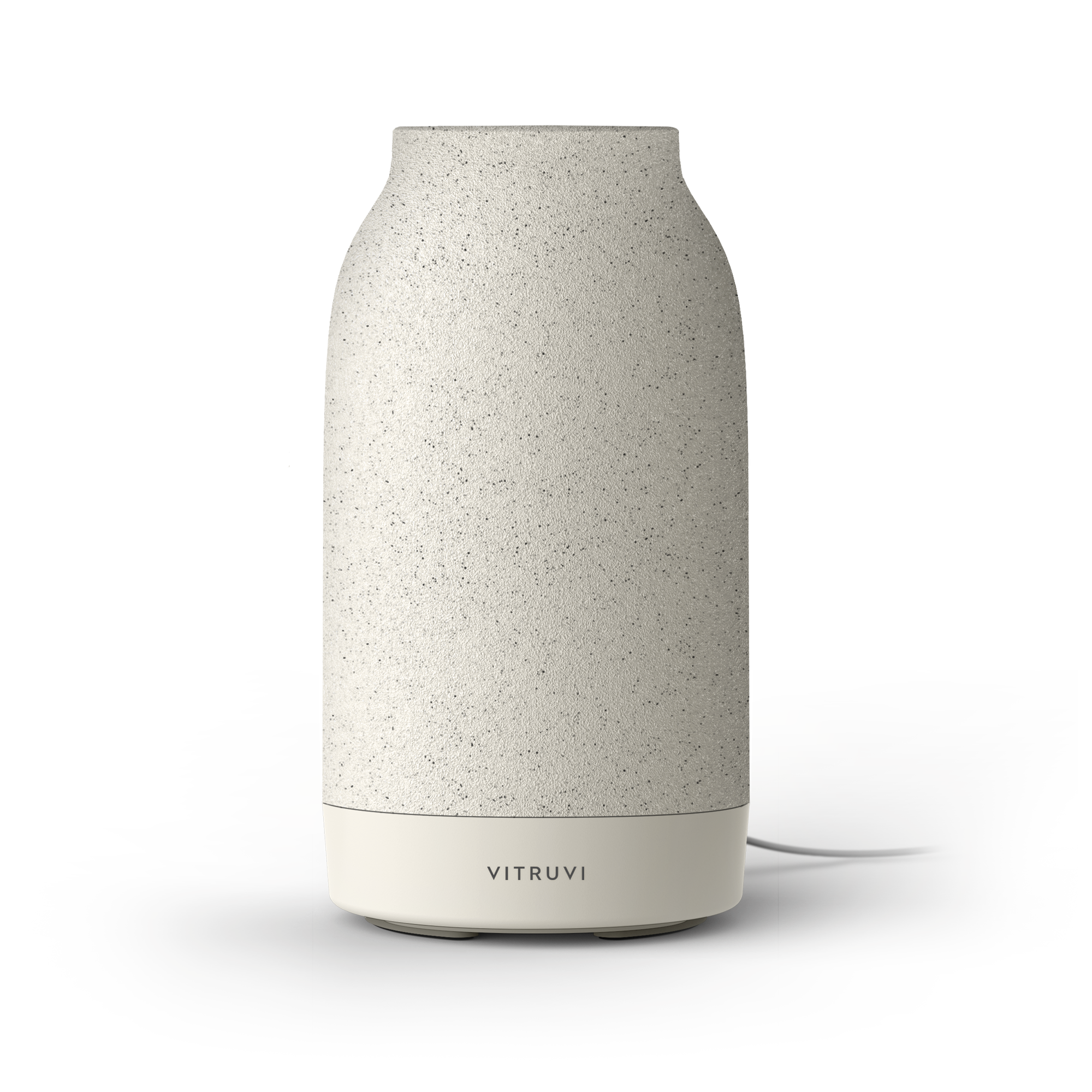Before there was Instagram, before there was Pinterest, before there was something called an influencer, there was Scott Schuman.
Better known by his professional name The Sartorialist, Schuman began photographing street style back in 2005, at a time when blogs were more of an anomaly than that thing everyone you know seems to have. With a love for fashion and a measured, detail-oriented eye, Schuman quickly made a name for himself as street style’s authority—the guy you wanted (perhaps needed) to be photographed by.
His images are arresting and raw, and act as a time capsule of fashion through the years; from the alleys of New York (his home city) to the streets of Milan (his favourite city), a Sartorialist photo tells a story, less of its subject and more of what its subject represents: a moment in time, a narrowing-in on the zeitgeist.

His large, beautiful photo books are a great way to immerse oneself in his work over the decades, and his first three collections showcase a wide range of people and places. But for his fourth, Schuman decided to narrow his focus: The Sartorialist India dives into the fashion of one of the world’s most populated countries to showcase just how much diversity exists in one destination.
“I wanted to shoot in one place and show the differences, the compare and contrast within that one place, and India is a place that definitely has that—there’s such a wide range of different lifestyles and income levels and religious groups and castes and different things,” Schuman says, seated on a couch at the Shangri-La Vancouver just before an intimate lunch hosted by local concept shop Secret Location. He also wanted to showcase what he saw, after multiple trips over multiple years, as the real India—not just the yoga and the poverty that movies and books always seem to focus on. “When I was selling the book and showing it to different publishers they would say, ‘Well, I don’t really get it. Some of these kids look like New York kids,’” Schuman recalls. “And I said, ‘That’s exactly the point.’”
As someone who travels for a living, Schuman understands the importance of self-care. Here are a few of the ways he keeps himself nourished.
On travel
“I prepare for it. I know when I’m travelling, so as much as possible as I’m leading up to a big trip, I try to work out and feel good physically when I go—so then when I’m there, I don’t worry about it. Usually when I’m travelling on a serious photo trip I don’t have time to exercise because we get up so early and I’m very focused, so I usually have to try to make sure I feel good when I get there. And then after that I find it’s more fun to live the experience of being there, to eat things I wouldn’t typically eat at home. It’s part of the fun of doing a book on India or going to France: the chance to actually be there. If I was as strict there as I am at home, it wouldn’t be nearly as fun, and I don’t think I would learn as much from the situation. So for me it’s a lot of preparing.”
On exercise
“I go to Equinox in New York. It’s very close to my apartment.
As you get older, everything slows down a little more, and it’s harder to get to where you want to physically, but I’m always trying out new things; I lift more, but I’m doing more different kinds of cardio. Mainly the exercise and self-care is really to make my job easier—it’s a very physical job when I’m out walking all day or moving on a bike, so I find the time. And I work out very early, I’m usually at the gym by 6:15, 6:30, something like that, and that’s really my time. I don’t necessarily rush, I enjoy it, I listen to sports talk radio on my headphones, I do my exercising, my stretching. And that’s really my time before the day starts to take care of myself.”
On listening
“Because I’m a New Yorker and a Yankees fan, I listen to this guy Michael Kay who is the Yankees announcer on TV. A lot of times what I’ve found in my career creatively is: I look at photographers, obviously, but I like to try to find things in other fields where I can hear what they’re doing and think, ‘How does that apply, or how can I tweak that or turn that upside down to apply it to what I do?’ So I’ve listened to sports talk radio for a long time, and I love sports; I’m not a super fanatic, I’m curious about the things that are going on, but I’m not crazy about it. But even the concept of sports talk radio is very similar to the concept of doing Instagram, doing any kind of social media [editor’s note: Schuman has 1.1 million Instagram followers]. With a good one, the person has the strength to really say their opinion, and then it’s about interacting with their audience. And the way they format things, the way they approach a subject, is always very interesting to listen to, so in some ways I’m listening to it for the sports, and in other ways I’m listening to it for the abstract inspiration.”
On food
“My wife’s vegetarian; I might not be totally vegetarian yet, and I don’t know if I’ll ever be totally vegetarian. She says it’s more ‘plant-based.’ So I’m maybe 90 per cent vegetarian.”
On sweets
“My big problem is sweets. I used to put a pack of sweetener in a little espresso, so I’ve really challenged myself to reset my taste buds to not need so many sweets.
My only exception is I like a Campari: Campari spritz, Campari soda. I just like the taste of Campari, and it’s from Milan, my favourite city. It has a nice feel, and it’s a nice end-of-the-day drink. So right now I’m saving my sweet tooth for Campari.”
On fashion
“I think Nike’s doing great work; I’m buying a lot of Nike sneakers to go with my Prada pants. I’m going very kind of minimal right now, I’m playing with this idea of uniform.
So for me right now it’s less about brands. But I think Valentino is doing a great job in men’s and women’s; Dries Van Noten is always interesting, though it’s been a little trickier since he’s been bought; and Prada. I think my favourite two right now are Prada and Valentino.”

On skincare
“I use lotion, which is about all I do. I use Kiehl’s.
But I don’t even really use soap very much; I feel like it dries me out. I do very little, but I drink very little, I don’t smoke, I’ve never done drugs—so I feel like my best thing is prevention. I don’t put a lot of bad stuff in, so I don’t really do a lot of things. I think my skin feels good for my age, but I think the not smoking helps more than smoking and putting lotion on or doing a million treatments. Even though I have an outdoor job where I have to walk around a lot, I don’t really love the heat, so I try to stay out of the sun as much as possible.
Good sunscreen and a hat.”
On aging gracefully
“My big inspiration is Armani. Have you ever seen pictures of Armani? Even at 80 he looked 60. Now it’s finally hit him, but he’s like 85 now; but up until 80 he was in great shape. And I really think he made a deal with the devil: he owns all of his company, creative genius, billionaire, great shape...I don’t know what kind of deal he made, but it’s working for him. So I look at those pictures of him, and it’s nice because he really hit his creative stride right around this time when he was 50 and 60 [editor’s note: Schuman just turned 52]. People look at people who are 50 and 60 and think, ‘Oh, they’re falling apart now,’ and that was one of his best periods; one of his best periods physically, one of his best periods creatively and financially, business-wise. I never worry about how to look younger or how to try to be younger, that’s not even physically possible. But you can try to figure out how to grow old more gracefully, more successfully. So for me, I’m always looking at older people. ‘How’d that guy do it?’ There are three guys I look at a lot: Armani, this guy George Cortina who’s kind of a fashion stylist star, and Noboru Kakuta, he’s Japanese and very chic, takes great care of himself, in great shape. Those are the guys who I look at and say, ‘Okay, I want to grow old like them.’”
On inspiration
“I’m doing my [next] book on menswear now, and one of the little musings that I’m writing about is that it doesn’t always have to be perfect to be inspiring. I’m writing about a photograph and how I love the guy’s shirt and the way he does his neckerchief, and the colour combination and everything. I love the upper half—and I can’t stand the shorts. I would never ever wear those, they’re Versace-printed horrible things, but I love the photograph. It’s very inspiring to me. I just choose not to look at the part or care about the part I don’t like. And I think it’s a great way to be; it’s a very selfish way, but in that way selfishness is very positive. I’m making it about what I can get out of it as opposed to about making that guy right or wrong.”
This interview has been edited and condensed.


